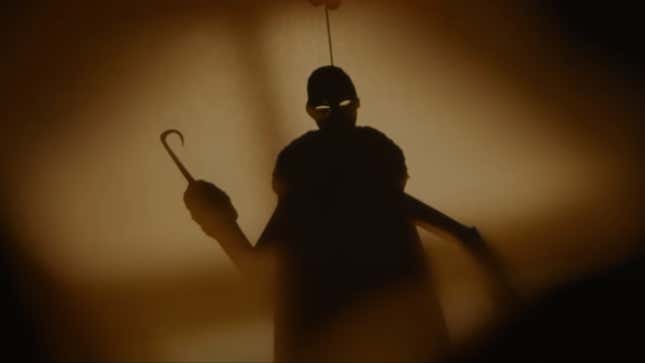
Hi, y’all! It’s me, again—Dr. Kinitra, your resident horror scholar. Though I am bummed about the (temporary?) demise of Lovecraft Country (shortsighted reprobates!), we have so much Black horror in the Hollywood pipeline, I’ll be popping up from time to time.
First up, we have Nia DaCosta’s glorious Candyman (2021). I will, of course, have a complete breakdown, a la Lovecraft Country, available after the film premieres on August 27. But ahead of its premiere, I wanted to take the opportunity to prepare you for the film by interviewing five (of course) leading horror scholars and writers—all of whom are Blackity-Black.
What, you didn’t think I was the only one, did you? We. Been. Here.
In preparation for this long-awaited cinematic event, I spent a bit of time speaking with:
- Horror writer and critic Crystal Connor;
- Award-winning horror novelist, producer, educator, and screenwriter Tananarive Due;
- Multiple Eisner award winner, co-artist and co-creator of the art exhibit Reflection Eternal: The Candyman Illustrated Syllabus, UC-Riverside professor John Jennings;
- Horror super-fan, pop culture critic and CSU-Bakersfield professor Tracey Salisbury;
- Award-winning author, Black pop culture critic, Washington University professor Rebecca Wanzo.
I asked each three questions; what follows are their responses, some of which have been lightly edited for length and clarity.
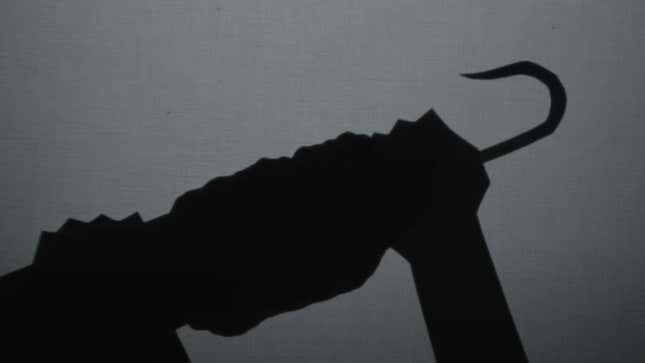
1. What should everyone know about Candyman before they watch the reboot?
John Jennings: Candyman is NOT a real urban legend. That sounds strange to say; “real” urban legend. He’s a tapestry of Clive Barker’s original short story called The Forbidden, the “Hook Man” urban legend, The “Bloody Mary” game/ urban legend, an actual murder that occurred in Cabrini Green in 1987, and the urban legend of race itself.
[Candyman] represents both the seemingly endless projection of monstrosity and negativity onto Black men and also represents the rage of the Black community when racialized violence occurs. He [is] both monster and hero.
Crystal Connor: There was so much pearl-clutching over this last trailer that it was actually quite infuriating. All of a sudden everyone wanted to point out that the [Candyman was based on a] character from Clive Barker’s The Forbidden, [who] was a white man…as if we didn’t know.
There wasn’t all this hand-wringing when Candyman was released to an American audience in 1992. No one was complaining about the leftist liberal agenda; no one was protesting that they weren’t going to watch it because they back the blue and no one was crying about the gays.
I find that interesting. The reason I believe that there was no need for all these fainting couches is because the story, for the majority of people, was told from a familiar point of view which endorsed and reinforced a very dangerous stereotype: that big scary Black men are dangerous to white women.
I think the main thing people should know before seeing this movie is that this reboot is told from a Black person’s point of view. This time around we are telling our side of the story and that’s going to make some people uncomfortable.
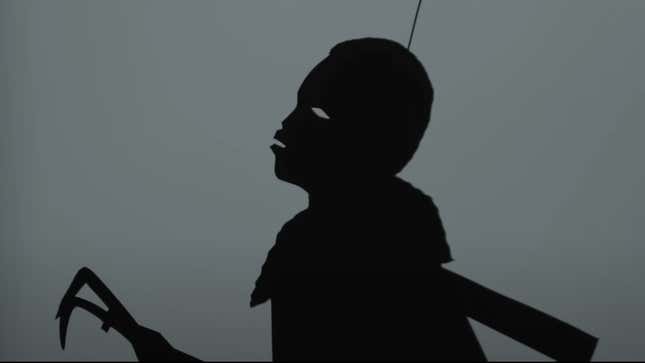
Tananarive Due: Nia DaCosta’s Candyman is called a “spiritual sequel,” but to me it’s more like a direct sequel that picks up where the original left off. Is it completely necessary to have seen the original Candyman to watch the reboot? No. But obviously, the original Candyman is one of the scariest horror movies of the ‘90s (or beyond), so of course it would be valuable to watch the original first—especially if you want to have a better understanding of how this new story redresses some of the more problematic issues with the first film.
The original Candyman attempts to address the aftermath of a “lynching” without centering Black characters, which opens the door to some unfortunate Black-Man-as-Monster tropes without actually exploring Black pain. DaCosta’s Candyman demonstrates how Black trauma can be explored with very specific safeguards in place to avoid re-traumatizing Black audiences while still being scary as hell.
Rebecca Wanzo: The original Candyman is such an important horror film in the Black cultural imagination and touched on issues like anti-Black violence, gentrification, and the vulnerability of Black people in public housing. That said, the centrality of white femininity in that film and the sequels—as object of desire and central protagonist in rectifying harms against Black people is sometimes a bit discordant in the original. So I’m very excited to see what a Black revision of a story about Black people that could not quite displace whiteness from the center looks like.
Tracey Salisbury: Candyman is an iconic, classic horror movie character. I don’t call him a villain or a monster because he is a victim of white supremacist violence. He is a reminder of the violence and rage inflicted upon Black America. Candyman is a creation of white hatred with the powerful exception that he can eviscerate anyone that crosses his path. He simply wishes to be left alone and remembered as a cautionary tale of the racism of America.
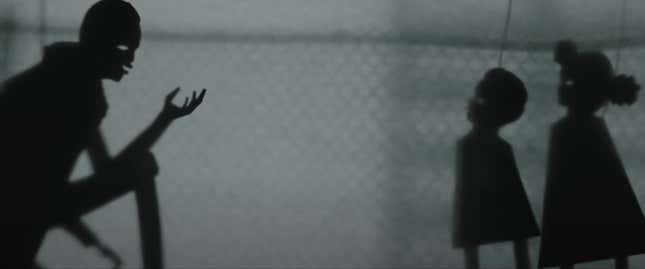
2. What are you most looking forward to in this reboot?
Crystal Connor: OMG, where do I even begin? I am just as overly excited about Candyman as I was about Get Out, and Us. So many Black people having the opportunity to tell our stories to a mainstream audience is just so dang exciting; it’s been a long time coming and it sorta feels like a renaissance. I super-loved the first Candyman; for me he wasn’t the villain, he was the victim and it was the first horror movie I watched that made me cry. So to see this movie being directed not only by a Black person, but a Black woman, has me over the moon. I simply couldn’t wait to support her, so I watched [DaCosta’s award-winning debut] Little Wood and it was like getting slapped in the face with a shovel. It was so good!
John Jennings: I am looking forward to what happens when a classic character like CandymanCANDYMAN is reimagined by someone like Nia DaCosta; a young Black woman who is a stellar director and has a culturally sensitive lens through which to tell this story. It’s also co-written by Jordan Peele and Monkeypaw CEO Win Rosenfeld. Both of these gentlemen have proven to have the proper acumen and focus to deal with very touchy issues with horror and speculative fiction. In short, I think this team is going to reinvigorate this character and really give him a space to shine with the other wonderful Gothic monsters we love and fear.

Tananarive Due: I have to admit that since I was fortunate enough to see an early screener, my anticipation is all about what it will be like to finally see it in a movie theater. I completely understand why Universal decided to delay the film for release rather than streaming it—I’ve enjoyed watching it online, but it is tailor-made for a theater experience. I’m really hoping to find an audience with plenty of talking to the screen, shouts of advice, and reactions ranging from humor to fright to celebration. Especially during a time when we have not been able to congregate, Candyman in a theater will be cathartic. But everyone should mask up. This pandemic is not over. I’m honestly grateful that it’s opening in August rather than later in the year.
Tracey Salisbury: Candyman is overdue for a (re)centering in the horror movie canon. I want him to receive the respect he deserves as an original horror movie character. I am looking forward to his character being placed in the 21st century, the era of Black Lives Matter and #SayHerName. I am excited for another generation to be exposed to the myth and legend of Candyman.
3. Is there anything else you would like to add or advise?
Tananarive Due: I’m especially glad that Candyman is opening at a time when audiences are asking themselves what Black Horror is and what it can do, since some more recent projects have had mixed reactions and accusations that creators are leaning too far into trauma. As I said in Horror Noire: A History of Black Horror, “Black History IS Black Horror,” so I feel it’s too sweeping an attitude to ask Black creators to forget about the history of racism and violence against Black bodies in a genre so well suited to explore it.
Not all Black Horror will be about racial trauma, of course—it’s still revolutionary to have Black leads in a horror film that has nothing to do with race—but Monkeypaw in particular is gifted when it comes to unpacking trauma without forcing Black audiences to relive their own personal pain too deeply, often taking a step back from the literal to use allegory instead of gore. Even the use of puppetry in the trailer to show the history of Candyman is an example of how to avoid subjecting audiences to images of racial attacks against Black bodies. All of us as Black Horror creators must grapple with how to balance violence in horror, which traditionally is a violent genre, and Candyman is a great example of how to be thoughtful in the use of violent imagery while still creating scares.
John Jennings: The other character here is a Black city. The City of Big Shoulders and broken Black dreams. A city founded by a Black man; Chicago. There’s no other city quite like it and I think that it will also really shine in this dark and important entry into the hallowed halls of horror cinema.
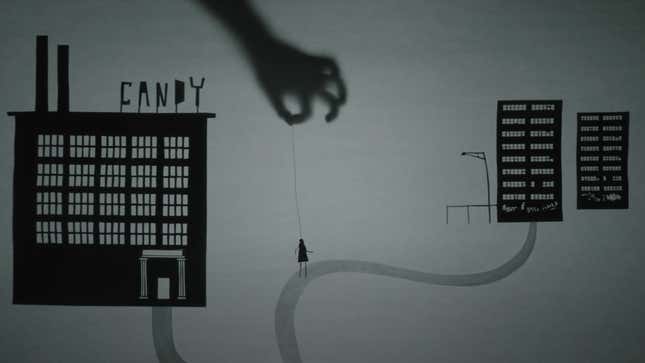
Rebecca Wanzo: I would like to see people stop calling this Jordan Peele’s Candyman. He co-wrote, but I sometimes feel like Nia DaCosta is getting lost as co-writer and director. She, too, is building a career doing Speculative Fictions, between the podcast Ghost Tape...and she’ll soon be directing a Marvel film. She’s one to watch.
Alright y’all, I hoped this primer helped. Let me go download this Ghost Tape podcast as I read Barker’s The Forbidden to prep for next week’s breakdown. Do you feel prepared to watch the film? I’ve seen it a couple of times and I am in love—and not just with Yahya Abdul-Mateen II. The movie has a rich storyline, the visuals are lush, it’s not too scary—which I know some of y’all were concerned about. I, too, was traumatized by the first Candyman. But traumatizing its viewers is never the goal with this reboot, continuing a necessary conversation on how we process trauma grounds the plot of this film. Still, I wouldn’t recommend y’all going to stand in a mirror, testing the will of the Candyman legend.